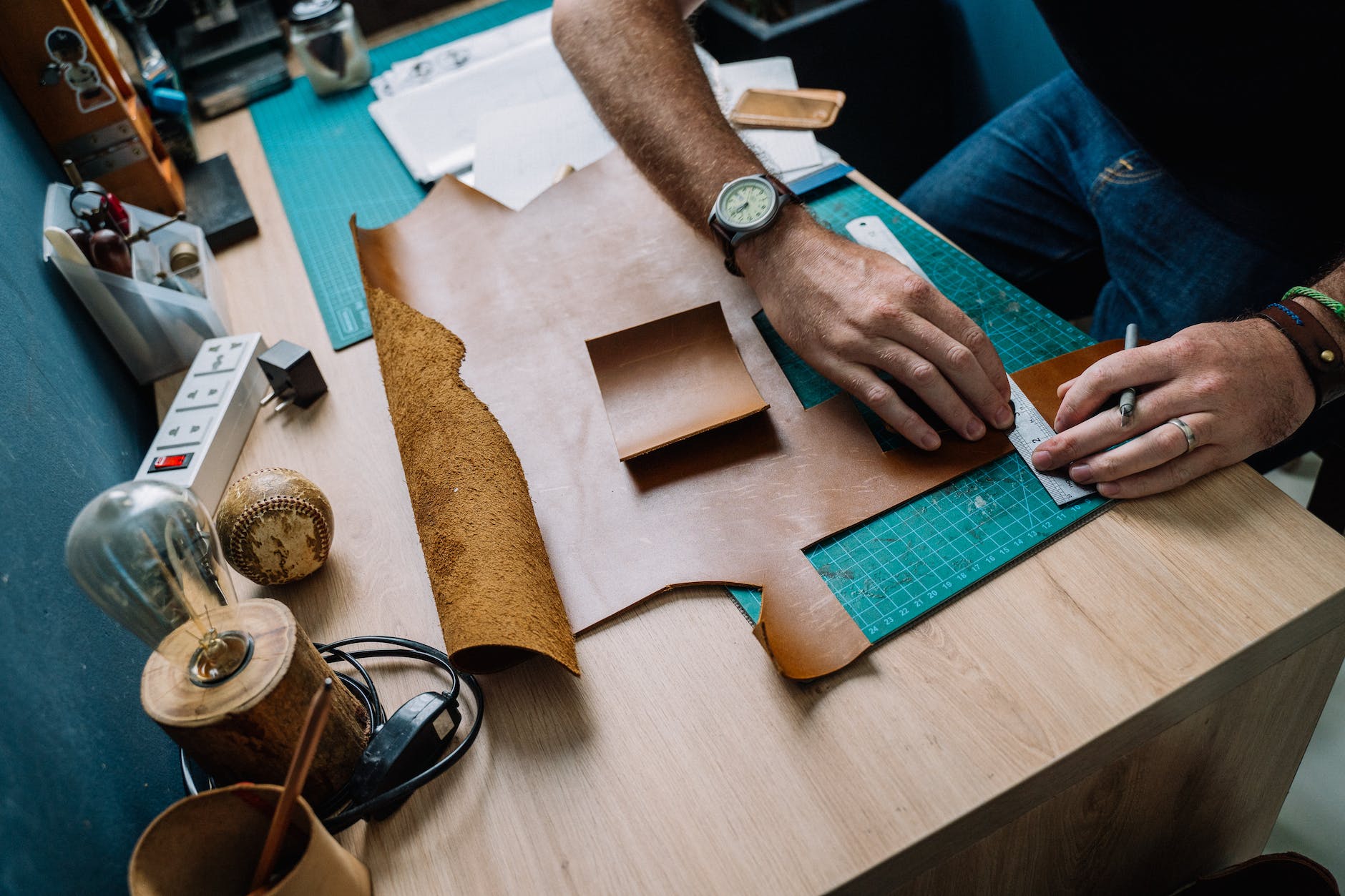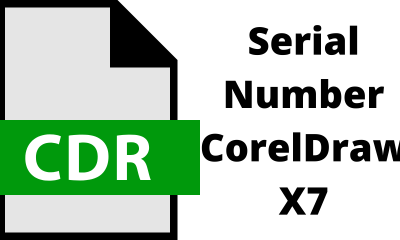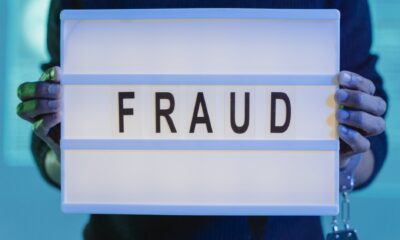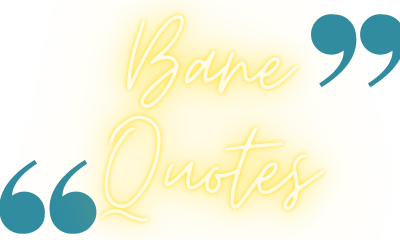Education
Top Quality Leather Scraps
Published
1 year agoon

Leather Scraps
If you are looking for top quality leather scraps for your projects, we have some great options for you. All our scraps are full grain and have natural imperfections. You can expect to see holes, birthmarks, and brandings. You can also expect to find leather with natural marbling. These are signs of aging and will patina over time.
Genuine leather
Genuine leather scraps can be used for a variety of crafts, from jewelry making to purses and wallets. They are available in varied colors, densities, thickness, and textures. Genuine leather scraps are ethically sourced from leading global tanneries. They are also available in various sizes.
Genuine leather scraps are a great way to make small projects more affordable and useful. These scraps can be as little as one pound or up to six or seven square feet. They are suitable for crafts, such as making belts, purses, and card holders. They’re perfect for home décor projects, too, and can even be used as upholstery.
Bonded leather
If you’re looking to save money on your leather goods, you may want to consider using bonded leather instead of genuine leather. It’s a much cheaper alternative to natural leather, but the downside is that it’s not as durable. This material can peel and crack over time, making it not ideal for items you’ll use frequently or for a long period of time. That being said, it can be a great option if you’re on a budget or simply want to replace your leather items after a few years.
The composition of bonded leather varies, but the basic process is very similar to that used to make paper. Bonding materials are mixed with shredded leather scraps, and then the mixture is extruded onto a fibre or paper backing cloth. The finished product will have a leather-like texture and glossy finish.
Full grain leather
Leather scraps are full grain pieces of leather that are sold by the pound. They often have defects, such as holes, ticks, and scars. In addition, they typically have 4-5 different colors on average. Blacks and browns are generally considered colors. When buying leather scraps, keep these characteristics in mind:
Full grain leather scraps come in various colors and sizes and can be used to create a variety of items. They’re great for crafts and jewelry projects and can also be used to make wallets and purses. The largest pieces are generally 1.5 to 2.0 mm thick. They’re also a great choice for knife sharpening leather strops.
These leather scraps are cut from cowhide. They can contain small holes and brandings. They may also have birth marks. The color of full grain leather varies from tan to tan, and it may have a natural patina. The pictures shown in the description are of a previous box, not the actual leather.
Chrome tanned leather
Chrome tanned leather scraps are produced as byproducts of the leather manufacturing process. Unlike traditional tanned leather, these scraps are not contaminated with toxins. The scraps are often used for composite materials. The leather scraps are ground and mixed with polymers, such as thermoplastic polymers or thermosetting polymers, and other additives, such as plasticizers and elastomers. The final composite materials are then processed through compression or injection molding.
Chrome tanned leather scraps can be used for a number of applications. Besides animal feed, the protein hydrolysate produced from chromium-tanned wastes can be used as a biofertilizer. The collagen obtained from chrome-tanned leather scraps can also be used as a biostimulant in fertilizer formulations.
Chromium tanned lather
Chromium tanned leather scrap is an important resource that can be recycled to make other materials. The chemical composition of leather shavings is rich in protein, which can be utilized as reduction additives for Cr (VI). Leather shavings can also mask the chromium odor by containing intermediate oligopeptides. These oligopeptides help shift the precipitation point of chromium to higher pH values. In addition to being used as reduction additives, leather shavings can be used for a variety of applications.
Chromium-tanned leather scrap can be used for various applications, including wastewater treatment. Wastes that contain leather scraps can be used to clean industrial soil of hydrocarbons, oils, and solvents. Some pilot plants have been developed to use the leather shavings as a biodegradable solvent to remove heavy metals and chemicals from wastewater. Chromium-tanned leather scraps have been successfully de-chromed by using commercial proteolytic enzymes. The process is done in moderate temperatures and in a pH range between eight and ten.

Trending

 Banco4 years ago
Banco4 years agoBanjercito

 Gaming3 years ago
Gaming3 years agoNBA 2K21 Best Controller Settings

 Social Media3 years ago
Social Media3 years agoHow to prepare a publication schedule

 Indonesia4 years ago
Indonesia4 years agoSerial Number CorelDraw X7 Aktivasi Kode 64/32 Bit | Dijamin Bisa

 Filmora4 years ago
Filmora4 years agoWondershare Filmora 9 Activation Key and Email Free 2020

 Education1 year ago
Education1 year agoJuan Monteverde on the Unexpected Costs of Corporate Fraud

 Indonesia3 years ago
Indonesia3 years agoMangastream – 15 Alternatif Terbaik untuk Membaca Manga Online [2021]

 Education4 years ago
Education4 years ago28 Best Bane Quotes From The Movie “The Dark Knight Rises”
You must be logged in to post a comment Login